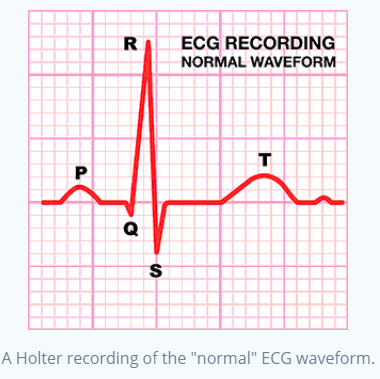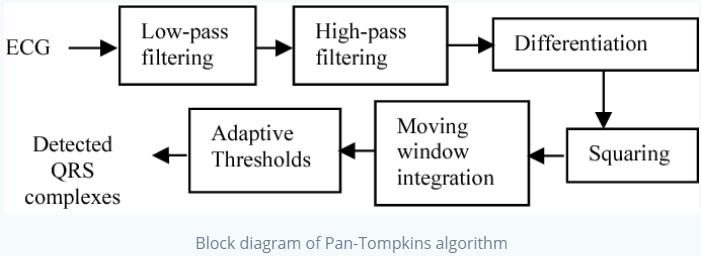The electrocardiogram, otherwise known as the ECG or EKG, is a recording of the electrical potential of the heart. Analysis of this waveform
has proved to be an important diagnostic tool for cardiovascular disease and recovery.
Recent studies suggest that resting HR, specifically heart rate variability (HRV), can be indicative of certain cardiovascular disorders and overall mortality as well as an indication of
recovery. Thus, efficient signal processing algorithms to derive heart rate from the ECG waveform are critical in effective clinical treatment. These algorithms can be coupled with existing wearables to
drive continuous physiological monitoring with the goal of incorporating proactivity in consumer/clinical health.

